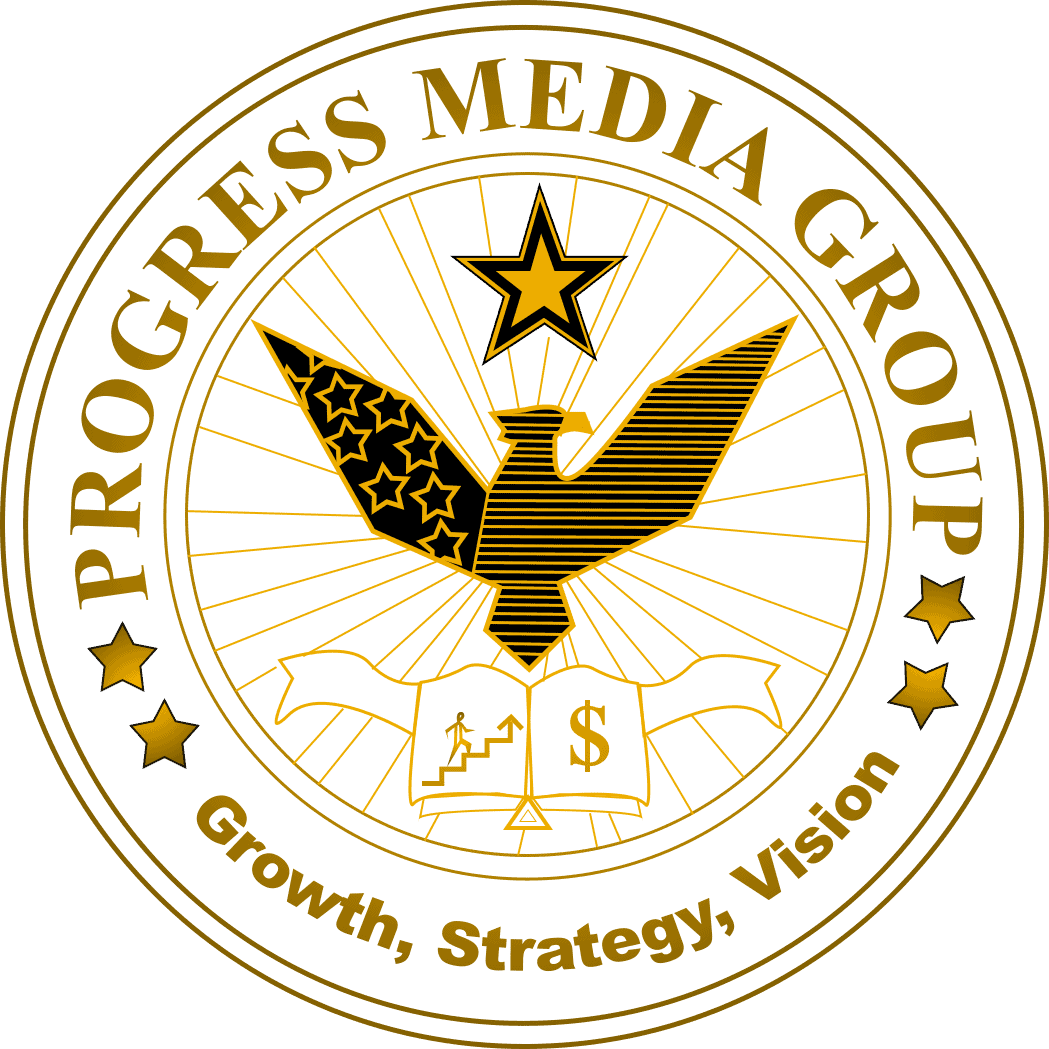Unleashing the Power: Mastering Social Media Performance and Engagement Monitoring
In this era of digital dominance, social media has become an integral part of our lives. From connecting with friends and family to discovering new trends and ideas, the power of social media is undeniable. But have you ever wondered what goes on behind the scenes? How do businesses measure their success and engagement on these platforms? Well, buckle up because we are about to dive deep into the world of monitoring social media performance and engagement. Picture this: You’re scrolling through your Instagram feed, double-tapping on stunning travel pictures, mouthwatering food posts, and adorable pet videos. It all seems effortless, right? But behind the scenes, there is a whole different story unfolding. Brands and businesses are strategizing, analyzing, and meticulously monitoring their social media performance to stay ahead of the game. In today’s blog post, we will unlock the secrets of mastering social media performance and engagement monitoring. We will unravel the tools, techniques, and strategies that can unleash the true potential of your online presence. Whether you’re a small business owner, a social media enthusiast, or simply curious about the inner workings of this digital realm, this guide is for you. So, grab your favorite beverage, get comfortable, and let’s embark on this exciting journey of unlocking the power of social media performance and engagement monitoring.
Understanding Social Media Performance Metrics
Social media performance metrics are the key indicators that help businesses assess their success and engagement on various social media platforms. These metrics provide valuable insights into the effectiveness of your social media strategies and campaigns. By understanding these metrics, you can make data-driven decisions to optimize your social media presence.
One of the most important performance metrics is reach, which measures the number of unique users who have seen your content. It helps you gauge the visibility and potential impact of your posts. Another crucial metric is engagement, which includes likes, comments, shares, and clicks. High engagement indicates that your content resonates with your audience and encourages them to take action.
Furthermore, click-through rate (CTR) measures the percentage of users who clicked on a link or call to action in your post. This metric is particularly important for driving traffic to your website or landing page. Conversion rate is another significant metric that tracks the percentage of users who completed a desired action, such as making a purchase or signing up for a newsletter.
Other performance metrics include follower growth rate, which shows how quickly your audience is expanding; sentiment analysis, which assesses whether mentions about your brand are positive or negative; and customer lifetime value (CLV), which calculates the net profit generated by a customer throughout their relationship with your business.
To effectively monitor these metrics, it’s essential to utilize social media analytics tools that provide comprehensive data and insights. Let’s explore some of these tools in the next section.
Essential Tools for Monitoring Social Media Performance
To master monitoring social media performance and engagement, you need access to reliable tools that can track and analyze relevant data. These tools offer valuable insights into audience behavior, content performance, and overall campaign effectiveness.
One popular tool is Google Analytics, which provides in-depth data on website traffic, referral sources, and user behavior. By integrating your social media accounts with Google Analytics, you can track the impact of your social media efforts on website traffic and conversions.
Another powerful tool is Hootsuite, which allows you to manage multiple social media accounts from a single dashboard. It provides analytics on audience demographics, engagement metrics, and content performance. Hootsuite also offers scheduling features that help you plan and automate your social media posts.
Sprout Social is another comprehensive social media management tool that offers robust analytics capabilities. It provides detailed reports on engagement metrics, audience demographics, and competitor analysis. Sprout Social also offers features for scheduling posts, monitoring brand mentions, and managing customer interactions.
Other notable tools include Buffer for scheduling and analyzing post-performance; BuzzSumo for identifying popular content in your industry; and Brandwatch for monitoring brand mentions and sentiment analysis.
By leveraging these tools effectively, you can gain valuable insights into your social media performance and make informed decisions to optimize your strategies.
Setting SMART Goals for Social Media Engagement
To effectively monitor social media performance and engagement, it’s crucial to set specific goals that align with your overall business objectives. SMART goals are a popular framework that ensures your goals are specific, measurable, attainable, relevant, and time-bound.
Specific goals provide clarity by defining exactly what you want to achieve. For example, instead of setting a vague goal like “increase social media engagement,” a specific goal would be “increase Instagram post likes by 20% within three months.”
Measurable goals allow you to track progress and assess the effectiveness of your strategies. You can measure metrics such as likes, comments, shares, or click-through rates to determine if you’re meeting your targets.
Attainable goals are realistic and within reach. Consider your available resources, budget, and capabilities when setting your goals. It’s important to set challenging goals that push you to improve, but they should still be achievable.
Relevant goals align with your overall business objectives and social media strategy. They should contribute to the growth and success of your brand. For example, if your business objective is to increase website traffic, a relevant social media goal would be to drive more clicks to your website through social media posts.
Time-bound goals have a specific deadline or timeframe. This adds a sense of urgency and helps you stay focused on achieving your objectives within a set timeframe. It’s important to regularly review and adjust your goals as needed.
By setting SMART goals for social media engagement, you can effectively monitor your progress and make data-driven decisions to optimize your strategies.
Tracking Key Performance Indicators (KPIs)
To monitor social media performance effectively, it’s essential to identify the key performance indicators (KPIs) that align with your goals and provide meaningful insights into your progress.
The choice of KPIs will depend on the nature of your business and objectives. However, some common KPIs include reach, engagement rate, click-through rate (CTR), conversion rate, follower growth rate, sentiment analysis score, and customer lifetime value (CLV).
Reach measures the number of unique users who have seen your content. It indicates the potential impact of your posts and helps assess brand visibility.
Engagement rate calculates the percentage of users who interacted with your content through likes, comments, shares, or clicks. High engagement indicates that you’re connecting with your audience effectively.
CTR measures the percentage of users who clicked on a link or call to action in your post. It’s particularly important for driving traffic to your website or landing page.
The conversion rate tracks the percentage of users who completed a desired action, such as making a purchase or signing up for a newsletter. It helps assess the effectiveness of your social media campaigns in driving conversions.
The follower growth rate shows how quickly your audience is expanding. A steady growth rate indicates that you’re attracting and retaining followers effectively.
The sentiment analysis score assesses whether mentions about your brand are positive, negative, or neutral. It helps you gauge the overall sentiment towards your brand and identify areas for improvement.
CLV calculates the net profit generated by a customer throughout their relationship with your business. It helps assess the long-term value of your social media efforts in terms of revenue generation.
By tracking these KPIs regularly, you can gain valuable insights into the effectiveness of your social media strategies and make data-driven decisions to optimize your performance.
Analyzing Social Media Engagement Data
Once you have collected data on social media engagement, it’s crucial to analyze this data to gain actionable insights and improve your performance. Here are some key steps to effectively analyze social media engagement data:
1. Identify trends and patterns: Look for recurring patterns in engagement metrics such as likes, comments, shares, and click-through rates. Identify which types of content perform well and resonate with your audience.
2. Compare performance across platforms: Analyze how different social media platforms perform in terms of engagement metrics. Determine which platforms are most effective for reaching and engaging with your target audience.
3. Segment audience data: Break down engagement metrics by demographics such as age, gender, location, or interests. This helps you understand which segments of your audience are most engaged and tailor your content accordingly.
4. Analyze competitor performance: Monitor the social media performance of your competitors to identify opportunities and benchmark your performance. Look for strategies or content types that are driving high engagement for them.
5. Experiment and iterate: Use the insights gained from data analysis to experiment with different content formats, posting times, or engagement strategies. Continuously monitor the impact of these changes and iterate based on the results.
6. Stay updated with industry trends: Keep an eye on emerging trends, new features, or algorithm changes on social media platforms. Adapt your strategies accordingly to stay ahead of the curve.
By analyzing social media engagement data effectively, you can identify areas for improvement, optimize your strategies, and drive better results.
Strategies for Increasing Social Media Engagement
To boost social media engagement, it’s important to implement effective strategies that resonate with your audience and encourage them to interact with your content. Here are some proven strategies:
1. Create compelling content: Develop high-quality and visually appealing content that captures attention and provides value to your audience. Use a mix of text, images, videos, infographics, or interactive elements to keep your content engaging.
2. Know your audience: Understand the demographics, interests, preferences, and pain points of your target audience. Tailor your content to address their needs and interests effectively.
3. Encourage user-generated content (UGC): Invite your audience to create and share their content related to your brand or products. UGC not only increases engagement but also builds a sense of community around your brand.
4. Run contests and giveaways: Organize contests or giveaways that require users to engage with your content, such as liking, commenting, or sharing. This incentivizes engagement and helps spread awareness about your brand.
5. Engage with your audience: Respond to comments, messages, and mentions promptly. Show genuine interest in your audience’s opinions and feedback. This fosters a sense of connection and encourages further engagement.
6. Collaborate with influencers: Partner with influencers in your industry who have a strong following and engage with their audience effectively. Influencer collaborations can help increase brand visibility and drive engagement.
7. Use storytelling techniques: Craft compelling narratives around your brand or products that resonate with your audience on an emotional level. Storytelling creates a deeper connection and encourages engagement.
8. Optimize posting times: Experiment with different posting times to identify when your audience is most active and responsive. Schedule your posts accordingly to maximize reach and engagement.
9. Leverage hashtags: Research relevant hashtags that are popular among your target audience. Incorporate these hashtags into your posts to increase discoverability and join relevant conversations.
10. Analyze and iterate: Regularly monitor the performance of your content, track engagement metrics, and analyze the impact of different strategies. Use these insights to refine your approach continuously.
By implementing these strategies consistently, you can increase social media engagement, build a loyal community around your brand, and drive business growth.
Utilizing Influencer Marketing to Boost Engagement
Influencer marketing has emerged as a powerful strategy for boosting social media engagement by leveraging the influence and reach of popular individuals or content creators. Here’s how you can effectively utilize influencer marketing:
1. Identify relevant influencers: Research and identify influencers in your industry who align with your brand values and target audience. Look for influencers with a genuine and engaged following.
2. Build relationships: Reach out to influencers and establish a mutually beneficial relationship. Engage with their content, share their posts, and leave thoughtful comments to build rapport.
3. Collaborate on content creation: Work with influencers to create authentic and engaging content that showcases your brand or products. This could include sponsored posts, product reviews, or collaborations.
4. Leverage their reach: Influencers have a dedicated following that trusts their recommendations. When they promote your brand or products, it can significantly increase visibility and drive engagement.
5. Encourage user-generated content (UGC): Ask influencers to encourage their followers to create UGC related to your brand or products. This not only boosts engagement but also expands the reach of your brand through the influencer’s network.
6. Track performance: Monitor the performance of influencer collaborations by tracking engagement metrics such as likes, comments, shares, or click-through rates. Assess the impact on brand visibility and overall engagement.
7. Maintain long-term partnerships: Building long-term relationships with influencers can lead to more consistent engagement and better results over time. Nurture these partnerships by providing ongoing support and collaboration opportunities.
Influencer marketing can be a highly effective strategy for boosting social media engagement if executed strategically and authentically.
The Role of User-Generated Content in Social Media Performance
User-generated content (UGC) plays a significant role in enhancing social media performance and engagement. UGC refers to any content created by users or customers that showcases their experiences, opinions, or interactions with your brand or products.
Here are some ways UGC can boost social media performance:
1. Authenticity and trust: UGC is perceived as more authentic and trustworthy compared to branded content. When users see real people sharing positive experiences with your brand, it builds trust and encourages engagement.
2. Increased reach: When users create and share UGC related to your brand, it expands the reach of your content beyond your immediate audience. Their followers or connections become exposed to your brand, leading to increased visibility and potential engagement.
3. Diverse perspectives: UGC provides diverse perspectives and experiences related to your brand or products. This helps attract a wider range of audience segments and encourages them to engage with your content.
4. Community building: UGC fosters a sense of community around your brand by encouraging users to interact with each other through comments, likes, or shares. This creates a positive environment for engagement and loyalty.
5. Cost-effective content creation: Leveraging UGC reduces the need to create all the content yourself. Users willingly create content for you, saving time and resources while still driving engagement.
To encourage user-generated content, you can run contests or campaigns that invite users to share their experiences, opinions, or creative interpretations related to your brand or products. You can also feature user-generated content on your social media platforms as a way of recognizing and appreciating your customers.
Measuring Return on Investment (ROI) of Social Media Engagement
Measuring the return on investment (ROI) of social media engagement is crucial to assess the effectiveness of your strategies and justify your investment in social media marketing. Here’s how you can measure ROI:
1. Set clear objectives: Define specific goals and objectives for your social media engagement efforts. These could include increasing website traffic, generating leads, driving sales, or improving brand awareness.
2. Track relevant metrics: Identify the key performance indicators (KPIs) that align with your objectives and track them consistently. This could include metrics such as website traffic, conversions, revenue generated, or customer acquisition cost.
3. Assign a monetary value: Assign a monetary value to each conversion or desired action to calculate the financial impact of your social media efforts. For example, if a conversion is worth $50 in revenue, you can attribute that value to the corresponding social media engagement.
4. Calculate costs: Determine the costs associated with your social media engagement activities, including content creation, advertising spending, influencer collaborations, and analytics tools.
5. Analyze attribution: Assess how much of the desired actions can be directly attributed to your social media engagement efforts versus other marketing channels or factors. This helps determine the specific impact of social media on overall ROI.
6. Calculate ROI: To calculate ROI, subtract the total costs from the total revenue generated through social media engagement activities and divide it by the total costs. Multiply by 100 to get a percentage value.
Note: It’s important to consider both direct and indirect benefits when calculating ROI. Social media engagement may contribute to brand awareness and customer loyalty even if it doesn’t directly result in immediate conversions.
By measuring ROI, you can evaluate the effectiveness of your social media engagement efforts, identify areas for improvement, and optimize your strategies to maximize returns.
Conclusion: Unleash the Power of Social Media Performance and Engagement Monitoring
Social media has revolutionized the way businesses connect with their audience and promote their brand. By mastering social media performance and engagement monitoring, you can unlock the true potential of these platforms and drive meaningful results for your business.
In this blog post, we explored various aspects of monitoring social media performance. We discussed essential tools for tracking metrics, setting SMART goals for engagement, analyzing data, increasing engagement through effective strategies, leveraging influencer marketing, harnessing user-generated content, measuring ROI, and more.
Remember that monitoring social media performance is an ongoing process that requires continuous analysis and adaptation. Stay updated with industry trends, experiment with different strategies, and consistently analyze your data to optimize your performance.
So go ahead and unleash the power of social media performance and engagement monitoring. Take control of your online presence, connect with your audience on a deeper level, and watch your business thrive in this digital era.




